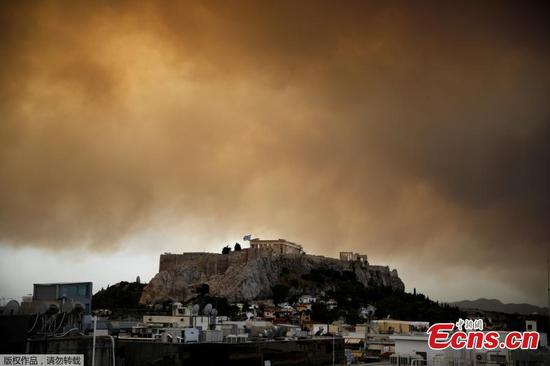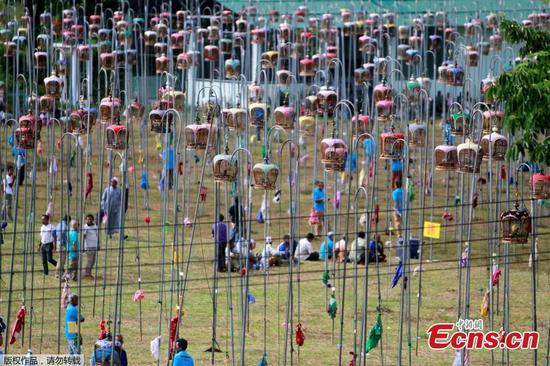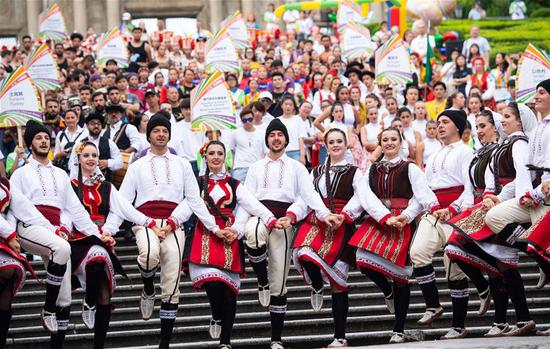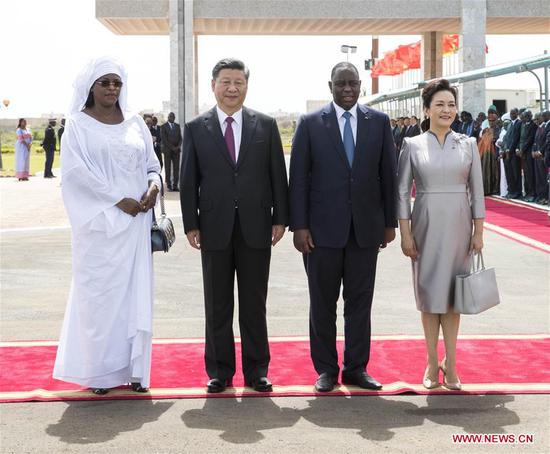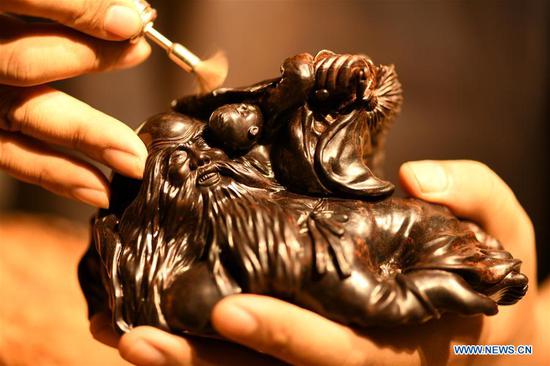Attention still surrounds Russia as this year's World Cup has been unanimously viewed as a success with national pride and reputable international publicity at an all-time high.?
Against all odds, the Russian team defied expectation in their fairy tale run to the quarterfinals after defeating Spain in the round of 16, which will be forever remembered as a crowning accomplishment for a team predicted to deliver mostly disappointment.?
The achievement is superseded only by the much welcomed boost given to the country’s economy, which witnessed visiting football fans spend 1.5 billion U.S. dollars during the one-month tournament, according to a report released by state-owned bank Sberbank last week.
Despite fears of hooliganism, security and political controversy in the build-up, the tournament passed with no major incidents off the field and many positive stories of visiting fans. Swept up by the carnival atmosphere, Russia came across as hospitable and cosmopolitan: a stark contrast with the country's previously conservative image.
Fifa President Gianni Infantino described this year’s World Cup as one of the best yet. "I was told people, police in Red Square are smiling," he added. "This is great. This is exactly what Russia is. This is the new image that we have about Russia."?
Football fans from across the globe with visa-free travel thronged the streets of sparkling host cities, which held boozy parties until the early hours of the morning under the supervision of a notably more relaxed police presence as World Cup fever gripped the country. A fever that was detrimental to the health of fans’ wallets.
Sberbank said in a recent report that its network alone had serviced 899,000 foreign bank cards from 194 countries during the month-long tournament, with one Chinese bank card used to make purchases in 11 different cities.?
And among those bankcards, the survey revealed that the US and China football fans were the two highest spenders out of all the foreign visitors, splashing out on 5.6 billion rubles and 4.1 billion rubles, respectively. “These countries accounted for 14.5 percent and 10.6 percent of all expenses, respectively,” the bank added.
Cardholders from China spent a huge 26 percent on clothes, while for US and European cards, this only totaled 10-15 percent. The Chinese were also unique in their preference for buying jewelry and watches, accounting for 65.1 percent of expenses on cosmetics and 38.6 percent for jewelry.
While food-wise, a whopping 100,000?crayfish were transported from China to Russia to meet the demand of Chinese football fans during their visit.
Russia’s government said that about three million people visited the country for the tournament, suggesting an average spend of 500 US dollars per person. This figure is drastically lower to the number estimated for a Chinese supporter at the 2018 event.?
Ctrip, China’s biggest online travel agency, exclusively told CGTN Digital that the average fan from China spent 30,000 RMB on the trip for a length of 13 days.
“Chinese were the largest tourist group to Russia to watch the FIFA World Cup in terms of inbound tourism,” a Ctrip spokesperson said. “Many more Chinese were excited to sightsee Russia and Ctrip saw more than 100K (100,000) Chinese visit Russia during the tournament.”
Clearly, China’s recent football fervor was not dampened by its national team’s failure to qualify for this year’s World Cup. According to FIFA, more than 40,000 Chinese fans bought tickets – putting them eighth on the list of international buyers.
It was the second biggest turnout from a non-qualifying country behind the US and a huge increase from the 7,400 tickets sold to Chinese fans in 2014.
This spike in number is reflective of a wider trend in the growth of overseas travel and China’s rising middle class.
“131 million Chinese traveled abroad in 2017 with 7 percent increase on 2016. However, this was fulfilled by only 10 percent of the Chinese population who own passports,” Ctrip spokesperson told CGTN Digital. “We believe increasing Chinese will be interested to explore the world further by traveling.”
It's?predicted that by 2022, three-quarters of China's urbanites will be classified as middle class, with many spending their extra disposable income on travel.
If China is able to qualify for the World Cup in Qatar, then not only will the Middle Eastern country need to stock up on crayfish, but we could have a new record set for World Cup fan-generated revenue.?













